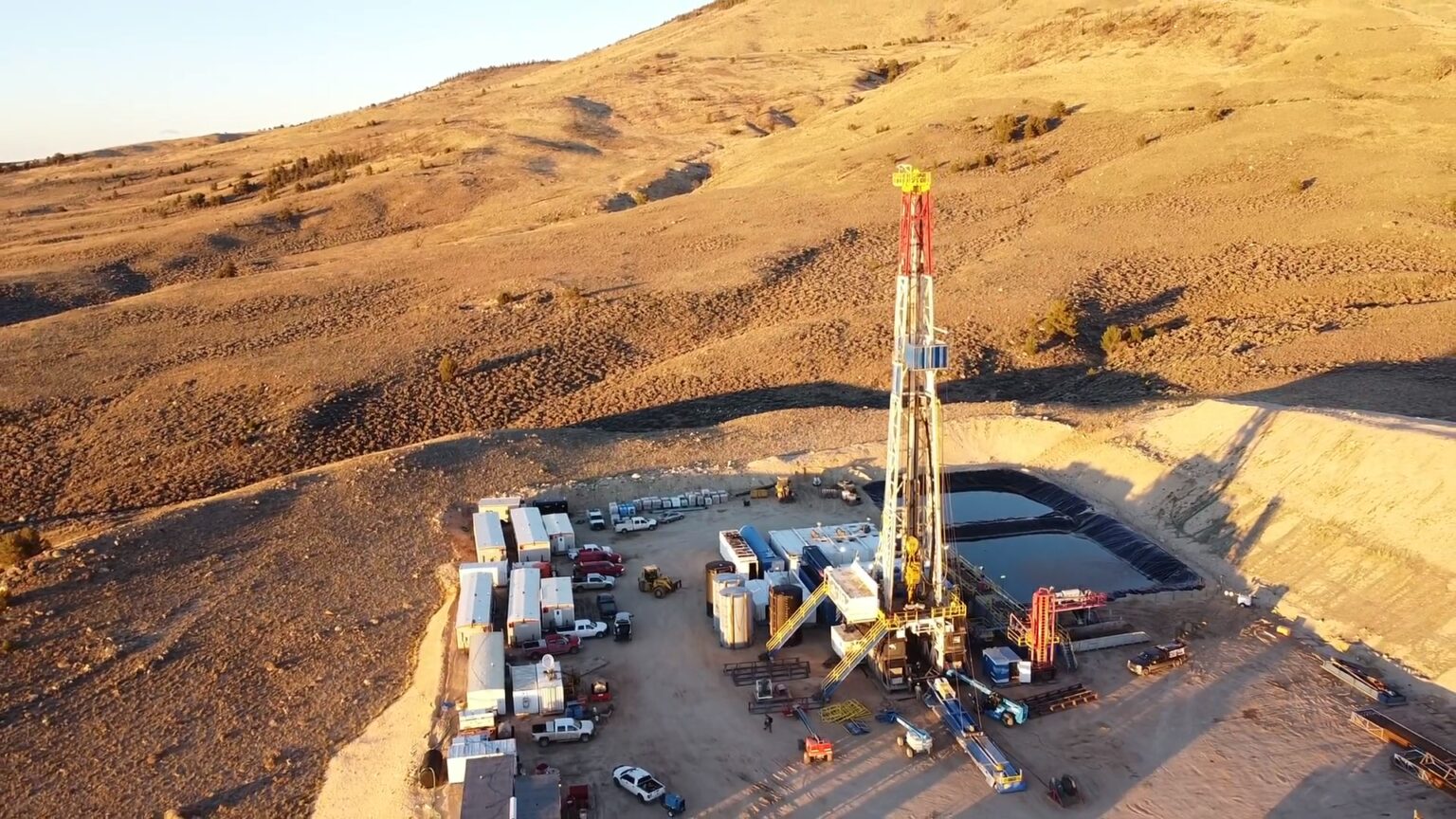
$18 Billion Energy Policy Activates Tax Strategy That's Been Available Since 1913
Energy legislation passed quietly in July 2025. Most headlines focused on offshore drilling permits and pipeline approvals. But buried in Section 742 of the 1,200-page legislation was something else: $18 billion in new energy tax incentives.
These aren't new benefits. They're enhancements to tax provisions that have existed since the Revenue Act of 1913. What changed is who can use them—and how much they're worth.
What Industry Analysts Found in Section 742
While reporters debated environmental impacts, tax attorneys noticed four critical changes:
Key Tax Provisions Enhanced
1. Intangible Drilling Costs
Increased from 70% to 85% immediate deduction for qualified projects
2. Depletion Allowance
Raised from 15% to 20% for domestic production meeting certain criteria
3. Working Interest Exception
Expanded to include more investor categories previously restricted
4. Loss Limitations
Removed passive activity restrictions for direct participation programs
Combined, these changes can generate tax deductions exceeding 100% of invested capital over the project lifecycle.
Why Oil & Gas Tax Benefits Survived 100+ Years
In 1913, Congress created special tax treatment for oil and gas to encourage domestic energy production. Through two world wars, multiple recessions, and dozens of tax reforms, these benefits remained intact.
The reason is strategic: energy independence matters more than tax revenue. Every administration since Wilson has recognized this reality—across party lines.
"If you want to reduce America's energy production, eliminate these tax provisions. If you want energy independence, enhance them. The July bill chose enhancement."
— Former Treasury Department Tax Policy Advisor
How the Enhanced Benefits Work: A $1 Million Example
Tax Deduction Timeline
| Period | Deduction | Tax Savings (37%) |
|---|---|---|
| Year 1 (IDCs) | $850,000 | $314,500 |
| Years 2-7 (Depreciation) | $150,000 | $55,500 |
| Production Years (Depletion) | 20% of income | Ongoing |
Under the enhanced provisions, investors can recover 37% of their investment through tax savings in year one alone.
Who Can Use These Enhanced Benefits
The July legislation expanded eligibility significantly. Previously, only active operators could claim full benefits. Now, accredited investors can access them through:
- Direct working interests in drilling programs
- Joint ventures with established operators
- Qualified direct participation programs
- Certain partnership structures meeting new criteria
The key requirement: the investment must be in actual drilling and production, not publicly traded securities.
Projects That Qualify for Maximum Benefits
Not all energy investments qualify for the enhanced provisions. Projects must meet specific criteria:
Qualification Requirements
- ✓Domestic production only (no offshore)
- ✓New drilling activity (not acquisitions)
- ✓Direct ownership structure
- ✓Operator with 5+ year track record
- ✓Proven reserves (not wildcatting)
Why Timing Matters: The 2025 Window
Tax professionals are advising clients to act before year-end 2025. Three factors drive this urgency:
- Grandfathering provisions protect investments made in 2025 from future legislative changes
- Rising energy prices make 2025 investments more valuable than waiting
- Limited quality projects that meet all enhanced benefit criteria
Important Risk Considerations
Energy investments involve substantial risks beyond tax considerations:
- Commodity price volatility can impact returns
- Operational risks in drilling and production
- Regulatory changes at federal and state levels
- Environmental liabilities and compliance costs
- Tax law changes could reduce future benefits
These investments are suitable only for accredited investors who can afford total loss of capital and have consulted qualified tax advisors.